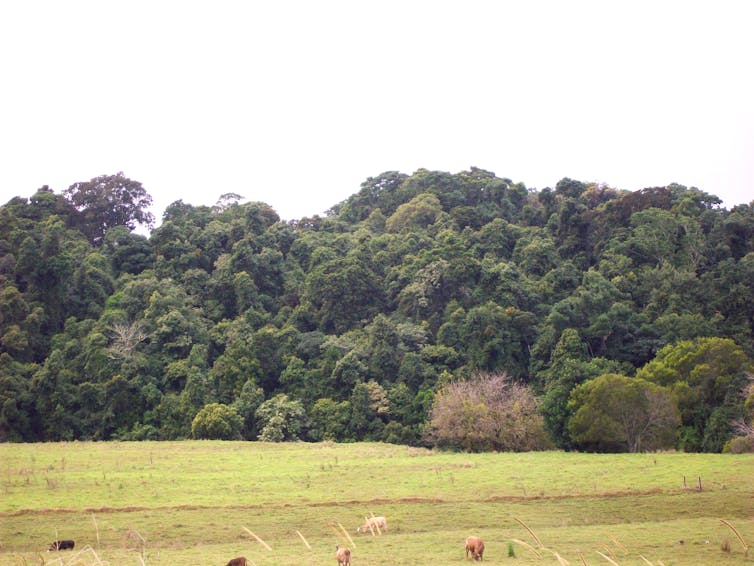The ³Ô¹ÏÍøÕ¾ Rural Health Alliance is pleased to be a founding member of the ³Ô¹ÏÍøÕ¾ Alliance for Regionalisation initiative to ‘Rebalance the Nation’ and congratulates the Regional Australia Institute (RAI) for their historic strategy. The ³Ô¹ÏÍøÕ¾ Alliance for Regionalisation aims to better position the nation’s regions to reach their potential in economic, educational and social spheres, for a stronger Australia. “Improving the health and medical workforce in rural, regional and remote Australia underpins all aspects of the aim to achieve a better balance and equity in healthcare access and deliver economic and social benefits to all Australians,” said ³Ô¹ÏÍøÕ¾ Rural Health Alliance Chief Executive Susanne Tegen. The RAI Regionalisation Ambition 2032: A Framework to Rebalance the Nation reinforces local solutions and collaborative action. “Healthcare accessibility in rural Australia has been a continuous point of advocacy for the ³Ô¹ÏÍøÕ¾ Rural Health Alliance and we are pleased to see this being integrated in the RAI’s framework. We would like to see this being considered as a key pillar in the road to achieving a better balance,” said Ms Tegen. The ³Ô¹ÏÍøÕ¾ Rural Health Alliance advocates for an innovative model of primary health care – referred to in the framework as part of the ‘Rural Health Care’ case study – to overcome challenges in attracting and retaining the rural health workforce. Now termed Primary care Rural Integrated Multidisciplinary Health Services (PRIM-HS), the model is an evidence-based policy solution that aims to overcome the professional, financial and social barriers to working rurally. If funded, this model would build the rural primary healthcare workforce, thus improving access to affordable, high-quality and culturally safe care when and where it is needed. “We acknowledge the contribution of rural, regional and remote Australians to the country’s economy: rural industries generate around $500 billion in export earnings each year,” said Ms Tegen. “Resources and rural industries alone make up around 80 per cent of Australia’s exports and this does not take into account the extra contribution of rural-based services and manufacturing. Our farmers produce about $60 billion worth of goods each year and the agriculture supply chain supports 1.6 million jobs. “Despite the significant contribution of the rural population, they receive the least support when it comes to accessing primary health care. Rural areas have up to 50 per cent fewer health providers than major cities. Limited access to health services also means life expectancy of the rural population is lower. “Therefore, we applaud the RAI for bringing regional Australia into the national equation and pledge our fullest support for actions that will see more people living prosperously across Australia,” Ms Tegen concluded. Ends.
About us:
The ³Ô¹ÏÍøÕ¾ Rural Health Alliance (the Alliance) comprises 47 national organisations committed to improving the health and wellbeing of the 7 million people in rural and remote Australia. Our diverse membership includes representation from the Aboriginal and Torres Strait Islander health sector, health professional organisations, health service providers, health educators and students.







